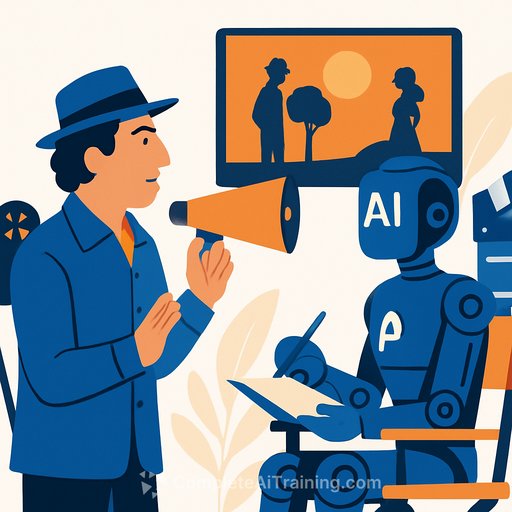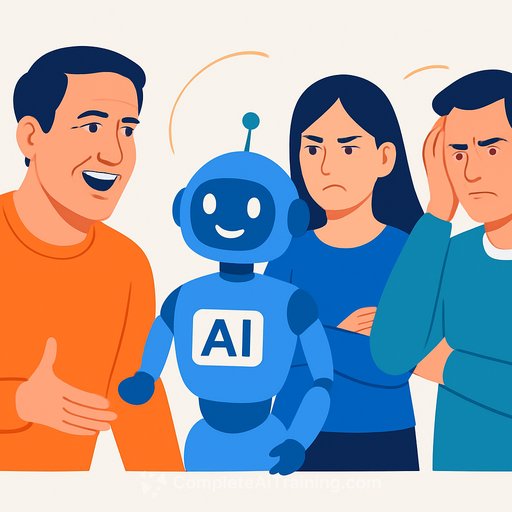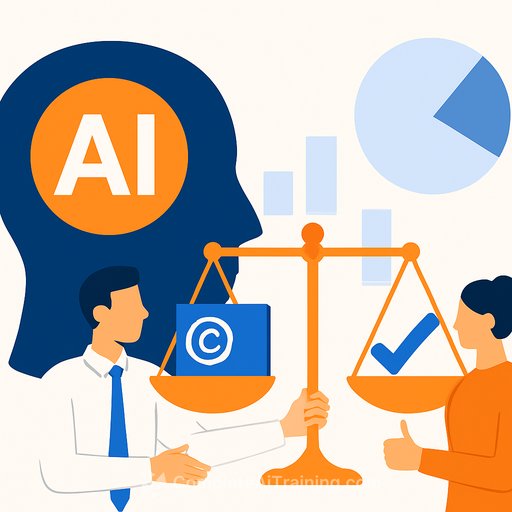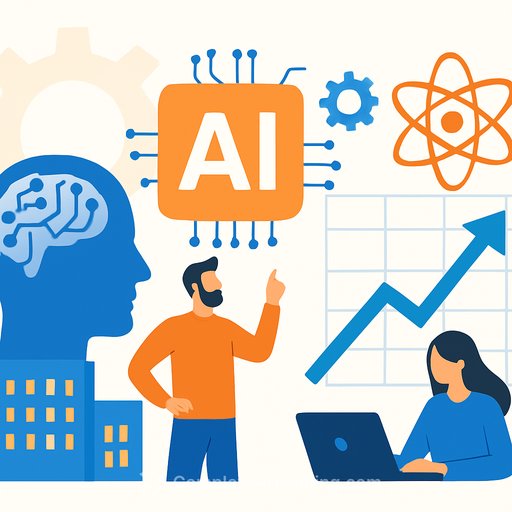The First AI "Director" Takes the Chair: What Creatives Should Do Next
Italian producer Andrea Iervolino announced "The Sweet Idleness," a feature film he says is directed entirely by an AI entity trained in the style of Federico Fellini. The system, dubbed FellinAI, reportedly manages script refinement, shot composition, and autonomous storyboarding. The trailer teases a 2135 dystopia where automation runs the show, mixing human actors with AI-born visuals.
The film targets a theatrical release in February and lands in the middle of heated industry debates. Unions like SAG-AFTRA are publicly wary, while indie creators see a chance to ship ambitious work with smaller crews and budgets.
What's Actually New Here
- AI moves from support roles (VFX, editing) to core direction: scene blocking, compositions, pacing, and style decisions.
- Training data spans "cinematic history," enabling FellinAI to mimic a voice-here, a Fellini-inspired lens.
- Human oversight still matters for final calls, legal checks, and performance direction-especially where nuance is critical.
Why This Matters to Creatives
Authorship is getting complicated. If an algorithm dictates style and coverage, who gets credit-and how do contracts reflect that?
Economics shift. If AI can generate scenes in hours, small studios gain leverage-but we risk sameness if models converge on the same "winning" patterns.
The audience test begins. As WIRED noted about AI film showcases, a lot of outputs feel like demos. "The Sweet Idleness" will test whether viewers accept an AI auteur or crave a stronger human pulse.
Ethics and Industry Signals
Credit, residuals, and training-data consent need clear rules. Expect more policy talk as tools advance and productions ship faster.
Cultural references are already baked in. Spielberg's 2001 film explored sentience long before today's tools, and he's voiced skepticism about AI in front-of-camera roles. See the background on his earlier work here: A.I. Artificial Intelligence.
Practical Playbook for Directors, Producers, and Post Teams
- Define the "human spine": Lock theme, character arcs, and tone guides before any model touches your script or boards. AI executes better with sharp constraints.
- Use AI as a pre-production multiplier: Generate concept frames, alt blocking, and shot lists. Then prune. Keep only what serves the scene's intent.
- Maintain a human performance layer: Direct actors, eyelines, and emotional beats yourself. Let AI inform coverage, not connection.
- Create an aesthetic rulebook: LUTs, lenses, framing heuristics. Feed these as prompts so outputs align with your signature, not a generic style.
- Lock legal early: Audit datasets, secure rights, and clarify credits. Spell out "AI direction" and residual logic in contracts to avoid disputes later.
- Budget for QC: Allocate time to replace uncanny shots, fix continuity, and blend VFX plates. Speed helps, but cohesion sells the story.
- Prototype audience feedback: Cut short scenes directed by AI and run controlled screenings. Iterate before committing to full-length execution.
Risks to Watch
- Homogeneity: Models gravitate to averages. If everything looks "correct," nothing feels memorable. Fight this with bold constraints and purposeful imperfections.
- Legal overhang: Copyright and training data consent remain unsettled. Keep counsel involved from day one.
- Emotional thinness: AI can style-match but struggles with subtext and lived experience. Make space for improvisation and human rewrites.
What's Next
Iervolino's move follows other AI-forward experiments (from short films made with tools like Runway to reported feature-length collaborations). Whether "The Sweet Idleness" sticks will influence how studios budget, how unions bargain, and how credits are assigned.
For working creatives, this is less a threat and more a skill shift. The edge goes to those who can brief models with clarity, set taste boundaries, and keep the story human.
Level Up Your AI Workflow
- Build role-specific skills for creative jobs using curated programs: AI courses by job.
- Explore tools that speed previz and generative video tests: Generative video tools.
Bottom Line
AI can steer shots and schedules; you steer meaning. Use it to widen options, then cut ruthlessly until only the essential remains. That's how your work stands out as the tools get louder.
Your membership also unlocks:






